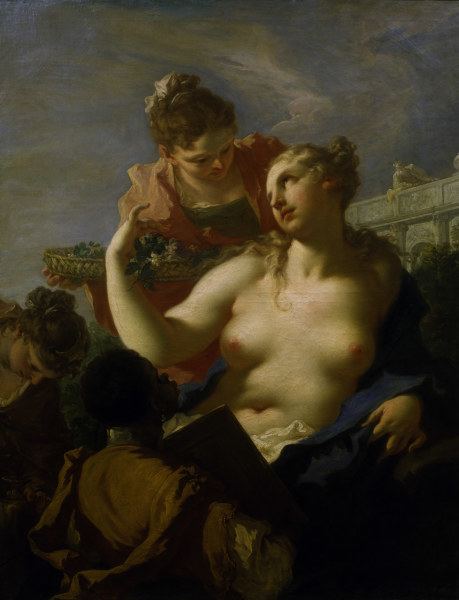Name Giovanni Pellegrini | ||
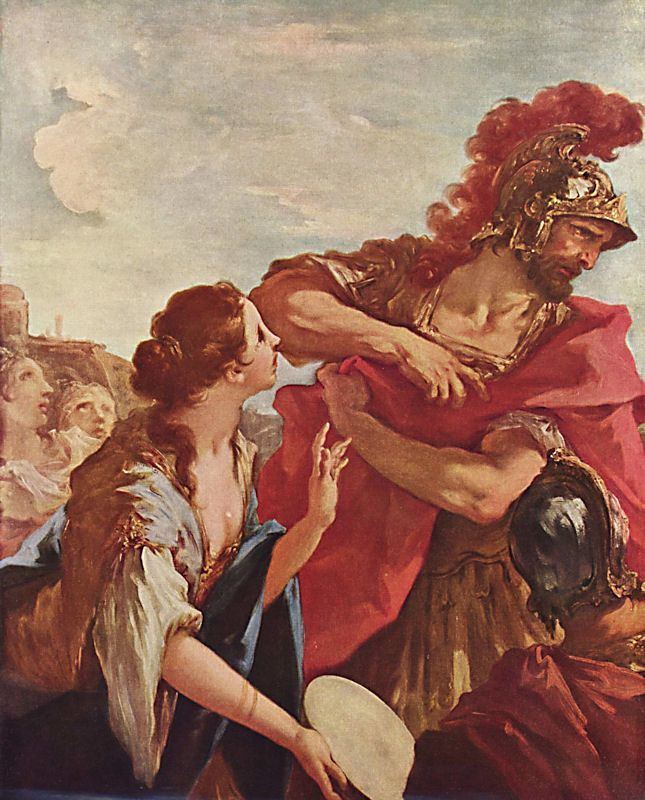 | ||
Died November 2, 1741, Venice, Italy Artwork The Fight between Germany and From for the Rhine | ||
Giovanni antonio pellegrini corretto giovanni antonio pellegrini corregido
Giovanni Antonio Pellegrini (29 April 1675 – 2 November 1741) was a widely travelled Rococo decorative painter from Venice, where he was born and died. He is considered to be one of the most important Venetian painters of the early 18th century, melding the Renaissance style of Paolo Veronese with the Baroque of Pietro da Cortona and Luca Giordano, and is considered an important predecessor of Giovanni Battista Tiepolo. One of his pupils was Antonio Visentini.
Contents
Life
Pellegrini's father, also called Antonio, was a shoemaker from Padua. Pellegrini was a pupil of Paolo Pagani and of Sebastiano Ricci. He married Angela Carriera, the sister of Rosalba Carriera, in c.1704. Pellegrini decorated the dome above the staircase at the Scuola Grande di San Rocco in 1709.
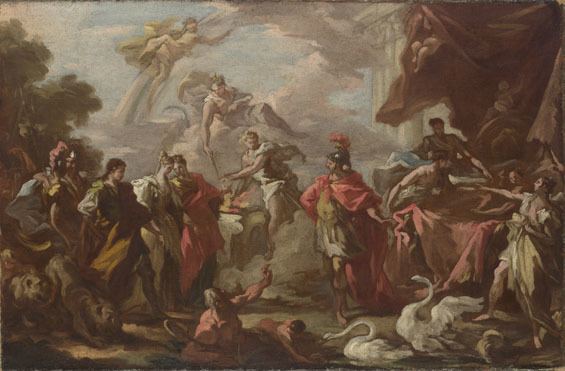
He is mainly known for his work in England, which he visited from 1708 to 1713 at the invitation of the Earl of Manchester, and where he had considerable success. He painted murals in a number of English country houses, including at Kimbolton Castle for the Earl of Manchester, Castle Howard (where his work was mostly destroyed in 1940), and Narford Hall, Norfolk, for Sir Andrew Fontaine. Michael Levey, describing Pellegrini's paintings on the staircase at Kimbolton, says that, although painted directly into the wall in oil, "they have all the spontaneity and lightness of fresco. In London he worked at 31 St James's Square for the Duke of Portland, where George Vertue noted in his notebooks "the hall and Staircase and one or two of the great rooms".

He became a director of Sir Godfrey Kneller's Academy in London in 1711. He submitted designs for the decorating the interior dome of the new St Paul's Cathedral, and is said to have been Christopher Wren's favourite painter, but did not win the commission, losing out to Sir James Thornhill.
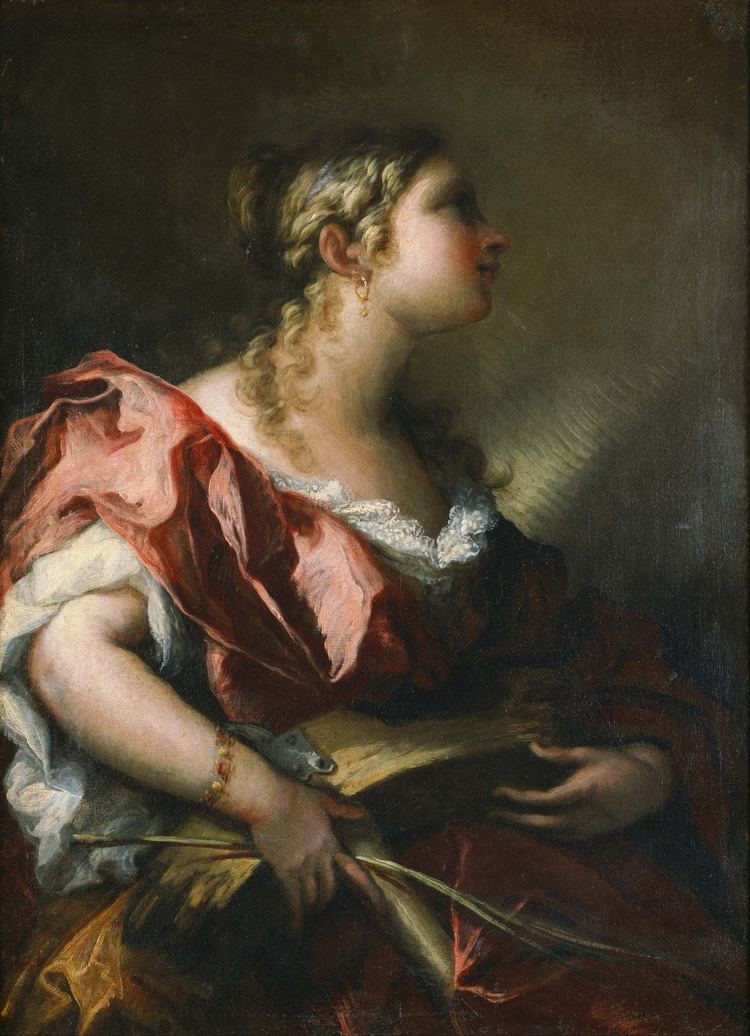
Pellegrini then travelled through Germany and the Netherlands, collecting Northern paintings as he went and completing works in many European cities. In 1713-4 he was in Dusseldorf, where he painted a series of allegorical scenes of the life of the elector, Johann Wilhelm. He decorated the Golden Room in the Mauritshuis in The Hague, and carried out other decorative schemes in Prague, Dresden and Vienna. He returned to England in 1719, but was less successful on his second visit, mainly due to competition from other Venetian painters, including his former teacher Sebastiano Ricci.
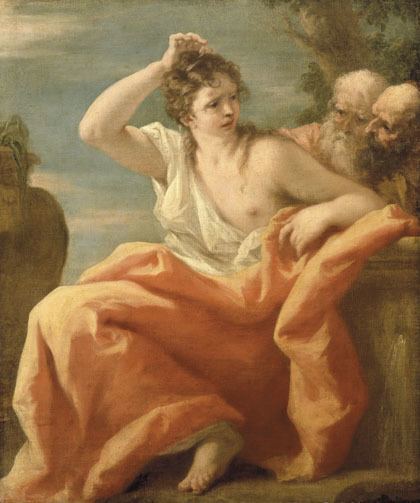
In about 1720 he painted the ceiling of John Law's Bank of France in Paris (since destroyed), Pellegrini also painted a Bellona and Justice Fulminating Vices now held by the Blanton Art Museum in Austin, Texas.
